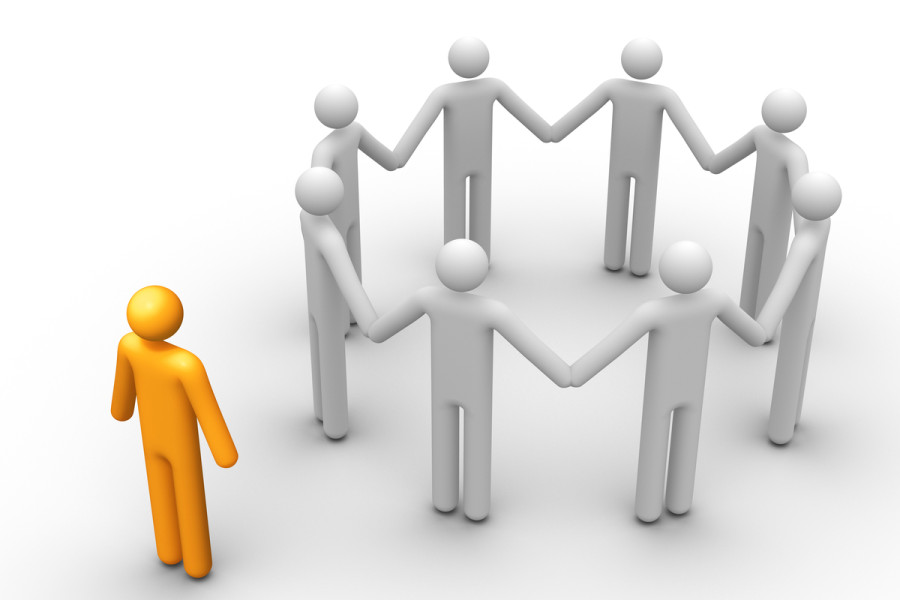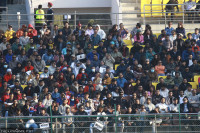Columns
Coming to one’s census
There is a reason why the number of caste/ethnic groups went up from 60 in 1991 to 125 in 2011.
Deepak Thapa
Anyone with more than a casual interest in Nepal’s demography is soon confronted with the inescapable conundrum that the sum of the constituent sections of the population tends to exceed 100 by far. Or at least that is the case with the sum of the figures claimed for themselves by different groups in the Nepali population, namely, ethnic categories like Dalits and Janajatis as well as for groupings based on region—Madhesis; religion—Muslims and Christians; and linguistics—speakers of languages such as Doteli and Baitadeli.
Each of these groups has over the years charged the government of undercounting them for reasons political. In plain terms, that means accusing the state of wanting to perpetuate the Panchayat system’s stated ethos of “one nation, one religion, one language and one culture”, which, unfortunately, is subverted by the presence of a substantial proportion of the population who do not conform to that norm and are represented mainly by the afore-mentioned. There has even been a term coined to ridicule what the official data shows—‘myth-yanka’, a play on the Nepali term for ‘statistics’, tath-yanka.
Whatever the truth, it will probably never be to the satisfaction of everyone. But with Census 2021 having kicked off today, it provides an excuse to discuss some issues that I believe are quite pertinent in our case.
Prejudiced Census?
Let’s take the case of presumed state bias against different groups. Since data on caste or ethnicity (jaat-jaati) were not collected in the four censuses starting with the 1952/54 one, there is nothing to compare the results from the three censuses since the 1991 census. What we do know is that there has been a greater willingness to identify with even smaller groups within the larger categories. The most obvious comes from the Rai, which saw its population increase from 525,551 in 1991 to 635,151 in 2001 and then go down to 620,004 in 2011. The seeming anomaly of the last figure was because people from a number of groups previously considered to be within the Rai fold reported different ethnicities such as Aathpariya, Bantawa, Khaling, Thulung and so forth. The total Rai population remains substantial, and the 2021 census will show whether even more people have decided to discard their “Rai-ness” in favour of more particularistic identities.
Another example is a linguistic one. Doteli- and Baitadeli-speakers account for 3 and 1 percent, respectively, of the Nepali population. Yet, until the 2011 census, these two languages were not even acknowledged and subsumed within Nepali as its dialects, making Nepali the mother tongue of around half the national population. As anyone who has heard these two languages spoken can testify, they certainly do not sound like Nepali dialects in any sense of the term.
As a result of these centrifugal tendencies, we have seen the number of caste/ethnic groups go up from 60 in 1991 to 100 in 2001 and 125 in 2011. That has been accompanied by a corresponding increase in the number of mother tongues spoken in Nepal, up from 32 to 92 and 123 over the same period. What is worthy of note is that the number of languages recorded in 1952/54 was 58, which went down to 36 in 1961, and to 17 and 18 in the two censuses conducted in 1971 and 1981, the deep Panchayat years.
In this sense, it would be quite difficult to detect any form of prejudice among the census authorities since if the charge of a Panchayat mindset still prevailing is true, it would be going against the grain to record an increasing number of identities. Yet, it is not easy to dismiss claims of undercounting or, at best, mis-recording. In fact, we found some evidence of this in a 2014 study conducted in Parsa district. Working with a team from the University of Oxford studying migration patterns, and given that the 2011 census data did not account for the phenomenon of seasonal migration, we decided to conduct our own census in three erstwhile village development committees there.
It was revealing that in Bagwana VDC in northern Parsa, with a majority Tharu population and substantial hill caste and ethnic groups present, the deviation in figures between the national census and our own was the kind to be expected with the passage of time. When it came to the villages of Jhauwa Guthi VDC and Biranchibarwa VDC on or near the Indian border, however, it was clear something was terribly wrong. Thus, while the national census showed close to 200 people of Hill Janajati or Hill Dalit background in Jhauwa Guthi, our census showed a sum total of zero such individuals. Likewise, according to the national census, Biranchibarwa was home to 296 Magars and 194 Chhetris but no Muslims; our census showed no Magars or Chhetris but 232 Muslims.
Such discrepancies point to problems with the enumeration process for one understands that the 2011 census was conducted at a time of societal tensions all around with armed groups still active in the Tarai. But it could also have resulted in sloppy data entry. Thus, despite every effort put in by the census officials for a true count of the national population, evidence such as the above—and these are most likely only representative examples—certainly undermine their, hopefully, honest intentions.
Two omissions
Despite news that the census would have the choice of “Other” in the gender category, the questionnaire provided in the official website has no mention of it. I suppose an older version was uploaded by mistake and that the one to be actually used will include it. What was omitted once again were the options of declaring oneself of no (particular) faith and of belonging to more than one caste or ethnicity.
With changing times and decreasing religiosity, it would have made a lot of sense to allow people to opt for “None” when asked about religion. That would not only have captured atheists, agnostics, the ‘spiritual but not religious’ types as well as the hundreds of thousands cadre professing allegiance to Marx’s creed. I have a hunch that a cohort of the irreligious could even figure just below Hindus (81 percent in 2011) and Buddhists (9 percent).
Likewise, with attitudes to cross-group (“inter-caste”) marriage having become more liberal in recent decades, the offspring from such unions increasingly grow up acculturated within the caste/ethnic group of both the parents. It is quite common to find people who identify with both their heritages and reject being siloed into either. I think that was a strong enough reason to introduce the option of “multi-caste/ethnic” in the census. It would have been very enlightening to learn how many more are rejecting primordial notions of fixed identities in favour of something more ecumenical. I am perhaps beginning to sound like an apologist for the Panchayat system. The difference though is the absence of coercion now and in its place a natural evolution towards what appears to be the same object.
This is the very same argument I made after the 2011 census. I can only hope that when the next one rolls around in 10 years, people like me will have been heard.




 7.12°C Kathmandu
7.12°C Kathmandu













%20(1).jpg&w=300&height=200)

